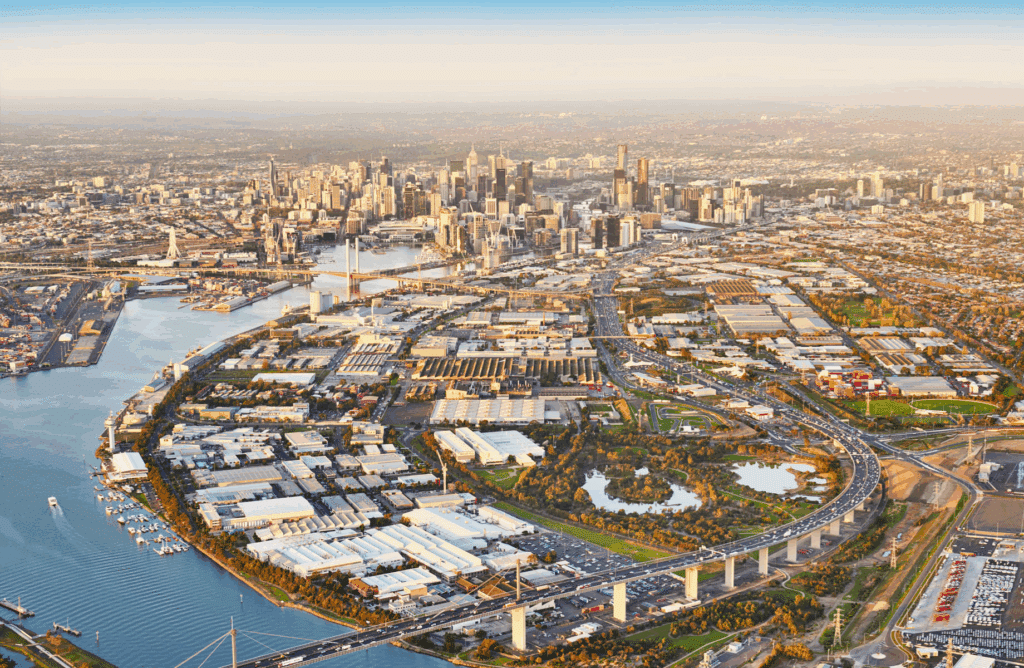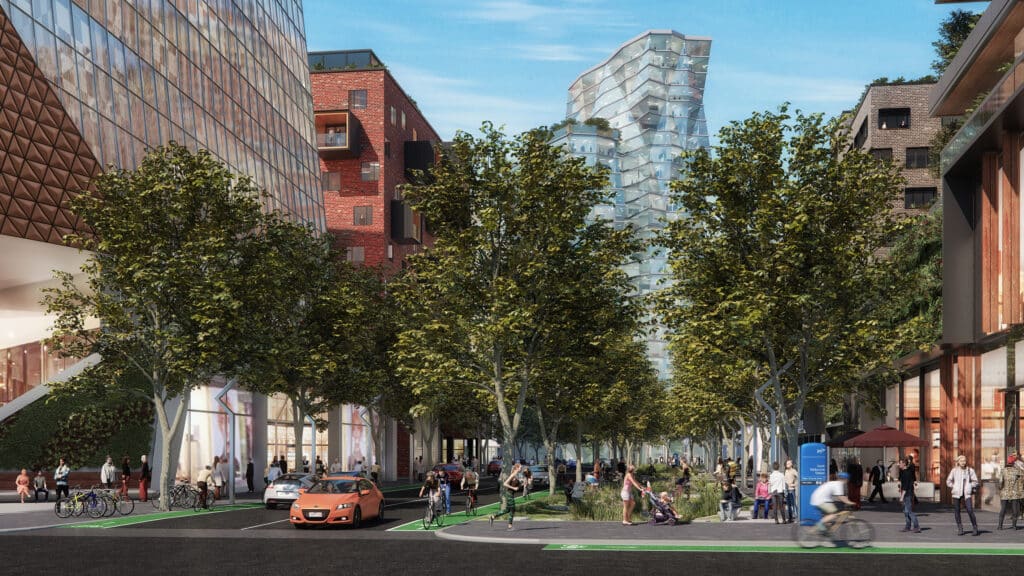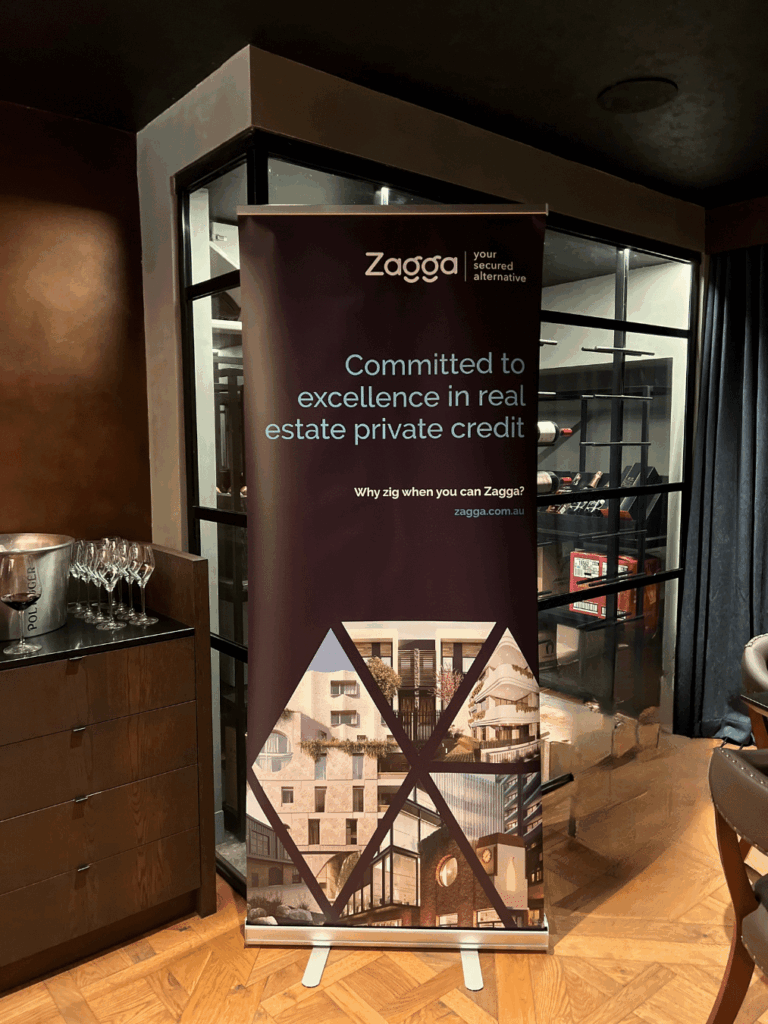At a recent investor event hosted by Zagga, a panel of leading industry voices — Benni Aroni (Chair of Hickory and AHB Group Australia), Danny Avidan (DARE Property Group), and Matthew Burrows (ST Real Estate Management) — shared candid insights into the evolving landscape of Melbourne’s property market. Drawing on their extensive experience across residential, commercial, and high-end development, the panel explored how developers and investors are recalibrating for long-term opportunity — and the increasingly important role private debt plays in funding that future.
Current market dynamics
Melbourne currently ranks sixth among Australian capitals in property values, trailing Canberra, Adelaide, Perth, Brisbane and Sydney. Yet, as the panellists noted, this relative affordability presents a strategic entry point for growth — particularly given the city’s strong fundamentals and development potential.

Benni Aroni highlighted the significant price gap between Melbourne and Sydney, pointing out that while premium Melbourne projects in South Yarra and East Melbourne are achieving $30,000–$38,000 per sqm, the average Melbourne development still sits around $16,000-20,000 per square meter—significantly below Sydney’s rates. This price differential exists despite developers in both cities facing similar costs across construction, finance, and marketing.
Geographic and planning advantage
Melbourne’s urban design was highlighted as a significant competitive edge. Unlike Sydney, where affordable stock is often located over 40km from the CBD, Melbourne offers developable land within a 20km radius. The panel pointed to major untapped precincts such as Fishermans Bend — with capacity for 80,000 new homes — as well as eGate and Arden-Macaulay, all of which could unlock scale with the right infrastructure and planning support.


Key challenges
Despite the opportunities, the discussion also addressed several key challenges facing Melbourne’s property sector:
- government taxes and red tape — high property taxes and bureaucratic obstacles are barriers to both investment and delivery
- construction costs — have risen from approximately $1,300 to $1,850 per sqm in recent years
- feasibility constraints — many projects struggle to stack up financially under current conditions
- restrictive planning rules — especially around apartment sizing and configuration.

Danny Avidan was notably frank, stating:
“I don't think there's an opportunity in Melbourne in the next 12 months”
— reflecting the reticence many developers are exhibiting in today’s environment.
Emerging opportunities and strategic shifts
Despite the slight pessimism about immediate opportunities, the panellists acknowledged green shoots beginning to emerge with all agreeing that Melbourne’s fundamentals—liveability, education infrastructure, and geographic advantages—position it for strong medium to long-term growth once current pricing and regulatory challenges are addressed.
The panellists identified several positive trends:
- housing supply focus – for the first time in recent memory, governments are prioritising housing supply through public-private partnerships and land releases
- population growth – Melbourne is Australia’s fastest-growing city, projected to add one million residents over the next six to seven years
- retail and hospitality strength – the CBD retail and hospitality sectors are showing robust performance
- transport infrastructure – the rollout of major transport infrastructure (new train stations and transport links) will enhance connectivity and is expected to unlock value across key corridors.
To navigate current conditions, the panel offered several pragmatic strategies:
- secure longer settlement periods (e.g. two years) to allow more flexibility
- deliver smaller, more affordable apartments that meet current demand
- design larger balconies to add appeal without affecting floor space ratios
- partner early with builders to manage cost and delivery risk
- directly import materials to offset price inflation
- focus on established precincts with proven price points.
The role of private credit
In today’s funding environment, where developers can choose between banks and non-bank lenders, private credit has emerged as a powerful enabler, stepping in to bridge funding gaps often with added flexibility, and tailored structuring, that traditional lenders often cannot match.
The panel emphasised that this optionality is reshaping the development landscape, particularly for complex or time-sensitive projects. As Melbourne navigates a challenging near-term environment, it is this adaptability — alongside the city’s inherent strengths in liveability, infrastructure, and long-term demand — that positions it for renewed growth when conditions turn.





